Photosynthesis in Leaves
vmlb
15 years ago
Related Stories
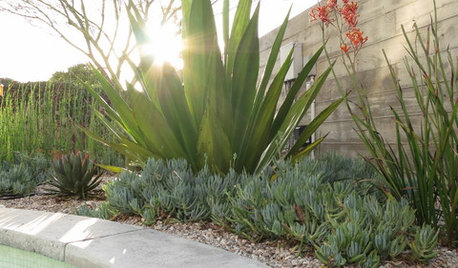
PLANTING IDEASBig Foliage for Small Spaces
Use bold, large-leaved plants to create intriguing contrast in a garden where they’re least expected
Full Story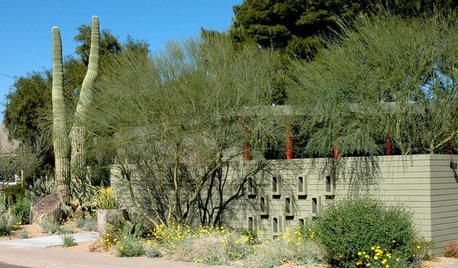
GARDENING GUIDESGreat Design Plant: Parkinsonia Florida
Blue palo verde's trunk and branches provide a beautiful backdrop to a spectacular spring show in the desert
Full Story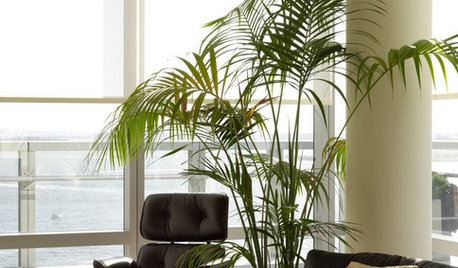
DECORATING GUIDESPalm Trees Take Interiors on a Tropical Vacation
Conjure a sultry vibe or bring welcome life to modern rooms. Whatever your interior design style, palm trees are the ticket to enhancing it
Full Story
HOUSEPLANTS8 Essentials for Healthy Indoor Plants
Houseplants add so much to our homes — and can thrive when grown in the right conditions. Keep these tips in mind
Full Story
ARBOR DAY8 Reasons to Plant a Great Tree
Beauty is its own reward, but the benefits of planting the right tree in the right place go way beyond looks
Full Story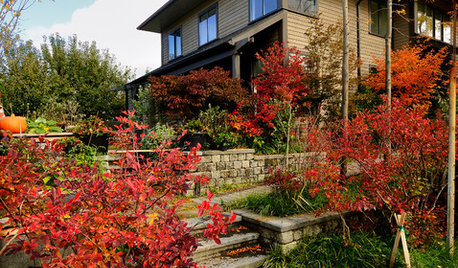
Houzz Tour: An Urban Home Nestled in a Thicket
Universal design, Japanese influences, gorgeous landscaping and much more come together in this newly built home in Seattle
Full Story
HEALTHY HOMESleep Happier and Healthier in a Toxin-Free Bedroom
Light pollution, toxic bedding, wallpaper that off-gases ... if you're not getting good sleep, these bedroom blights might be to blame
Full Story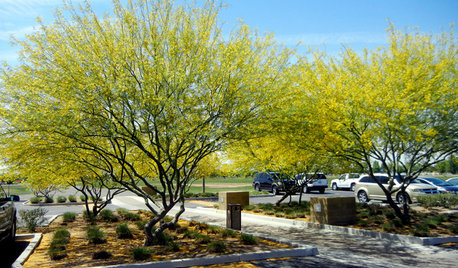
TREESGreat Design Plant: Desert Museum Palo Verde Offers a Colorful Canopy
Rising above others with its long bloom time, artful vase shape and lack of thorns, this tree is great for casting filtered shade
Full Story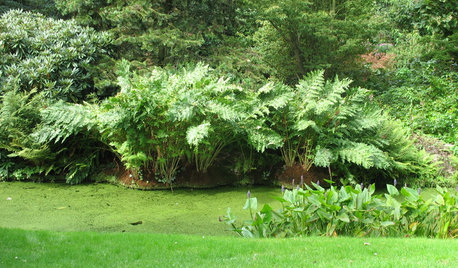
GARDENING GUIDESGreat Design Plant: Osmunda Regalis
Large, stately and regal, royal fern has earned its name and its unique place in history
Full Story
MATERIALSMaterials Workshop: Polycarbonate — a Low-Cost Alternative to Glass
Looking for something lighter, stronger and less expensive than glass? Multiwall polycarbonate may be a good option
Full Story






pineresin
ronalawn82
Related Professionals
Surprise Landscape Architects & Landscape Designers · Comstock Park Landscape Architects & Landscape Designers · Waunakee Landscape Architects & Landscape Designers · Choctaw Landscape Contractors · Columbine Landscape Contractors · Conroe Landscape Contractors · Duarte Landscape Contractors · East Lake-Orient Park Landscape Contractors · El Sobrante Landscape Contractors · Kerman Landscape Contractors · San Rafael Landscape Contractors · St. Louis Landscape Contractors · Woodbury Landscape Contractors · Libertyville Fence Contractors · Markham Fence ContractorsUser
ronalawn82
panamaplants
terrestrial_man